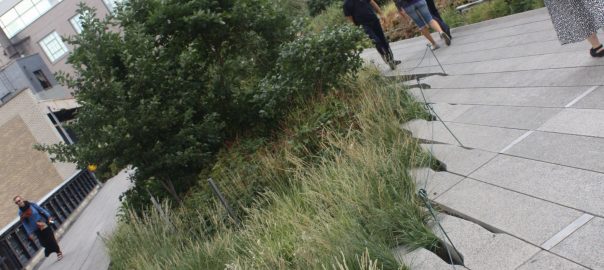20 March 2018

A recent discussion at The Nature of Cities talked about the most important things to know for an urban ecologist. For many, this was that humans are part of nature. But the many influences of humans on urban nature is so complex, that some aspects of this relationship are better understood...
3 Comment(s)Join our Conversation
18 March 2018
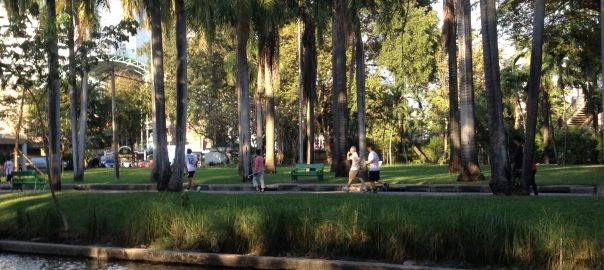
We walked many treeless roads from Bangkok, Thailand to Samsun, Turkey. On our weekly rest days, when we rambled into cities and found a hotel room where we could sleep in a bed and hang our laundry, we sought out those quiet giants. This walk we’re on is shifting our...
0 Comment(s)Join our Conversation
14 March 2018
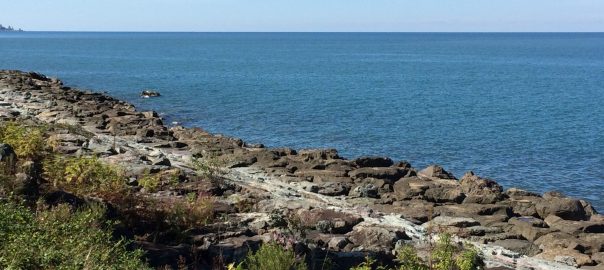
There’s another one. And another one. And another one. And, yes, there’s one more over there…and over there. I’m noticing the many new apartment buildings dotting—defining—Turkey’s Black Sea coastline. From Hopa to Samsun, and nearly all of the cities and towns in between the 500-kilometer stretch we have done so...
0 Comment(s)Join our Conversation
11 March 2018
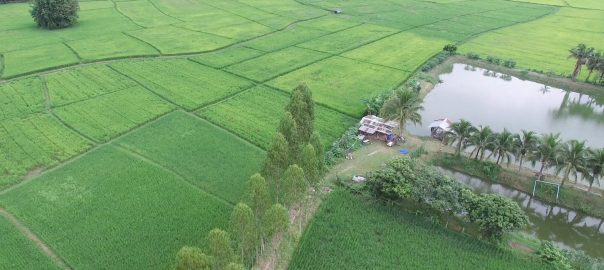
#watchingthericegrow is a hashtag I created on Instagram on 4 August 2016, tagging a photo I took from a bicycle survey along a winding rural road on the outskirts of Chiang Mai, Thailand. The initial framing marked a memorable composition at the center of a territorial survey that would spiral...
0 Comment(s)Join our Conversation
8 March 2018
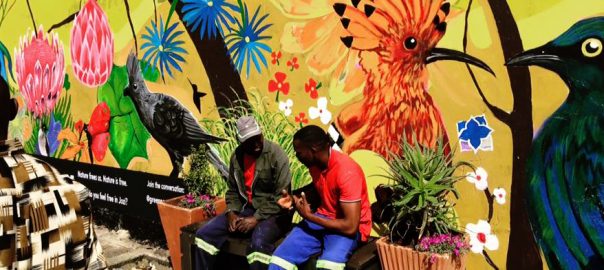
Mankind may have left the savannah some million years ago, but the savannah never quite left us. It makes sense that since we co-evolved with nature, our need for it is hardwired into our brains and our genes. For millennia, the nature we’ve had access to has influenced everything from...
0 Comment(s)Join our Conversation
5 March 2018
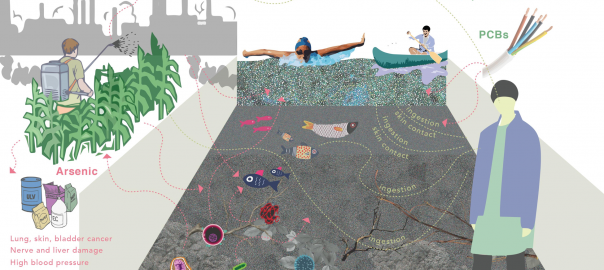
Edward O. Wilson popularized the concept Biophilia more than 30 years ago, in 1984, describing it as “the urge to affiliate with other life forms”. In short, Biophilia is a hypothesis that suggests the innate affinity of humans towards nature. We agree that humans possess the tendency to seek connections...
1 Comment(s)Join our Conversation
2 March 2018

On 11 January 2018, a party was held to celebrate the retirement after 54 years of a man many people have never heard of, whose words, published in anonymity, have helped shape the United States’ environment and environmental policy for decades. Robert B. Semple, Jr. worked for the New York...
2 Comment(s)Join our Conversation
26 February 2018

On social media and connectivity Like a lot of people, my new year’s resolution last year was to stop spending so much time on Facebook and other social media. And like probably a lot of people, I completely failed. So this year, I made a different resolution. This year I...
0 Comment(s)Join our Conversation
23 February 2018
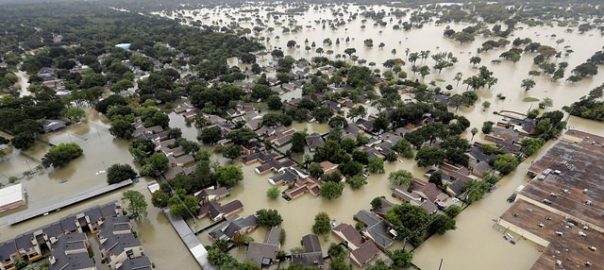
Cities are dynamic complex adaptive systems. They are a network of systems interacting and exchanging flows of energy, information, and materials, held together by a set of rules, based on millennia of ecological change and more recent governance structures. Dominant narratives and practices describe cities as human systems that are...
2 Comment(s)Join our Conversation
20 February 2018

6 Comment(s)
Join our Conversation
20 February 2018
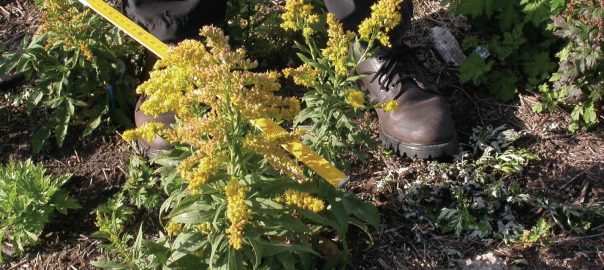
Island archipelagos are more than faraway places with strange sounding names. They lie at the heart of our understanding of ecology and evolution. Since Darwin’s stop at the Galapagos Islands of Ecuador, biologists keep turning towards islands for an understanding of biodiversity and the processes that drive adaptation. The famed...
0 Comment(s)Join our Conversation
17 February 2018
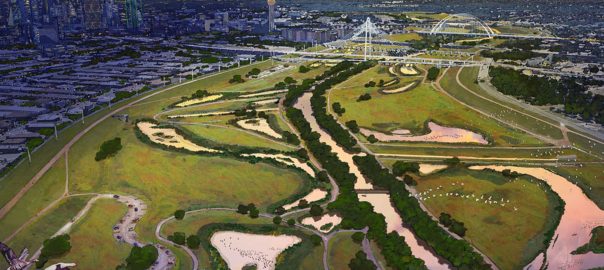
Re-wilding is a new area of interest in landscape architecture concerned with making landscapes that are as close to the original ecology of a place as possible. Not limited to only planting installations, re-wilded landscapes can also exist to attract, reconstitute and/or re-introduce wildlife to heighten biodiversity. Given the emergence...
19 Comment(s)Join our Conversation
14 February 2018
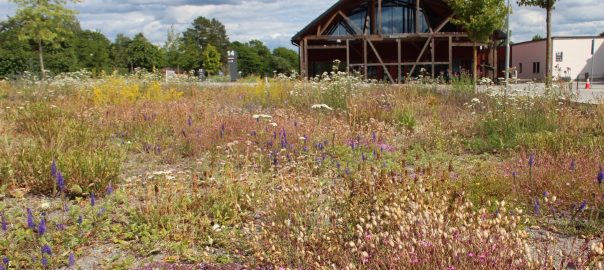
The manual Lawn Alternatives in Sweden. From Theory to Practice shared the results of the transdisciplinary project “Lawn as ecological and cultural phenomenon: Searching for sustainable lawns in Sweden” (2013-2016, funded by FORMAS) and suggested practical implementation—guidelines for possible alternatives to existing contemporary lawns in Sweden. This essay excerpts some...
3 Comment(s)Join our Conversation
11 February 2018
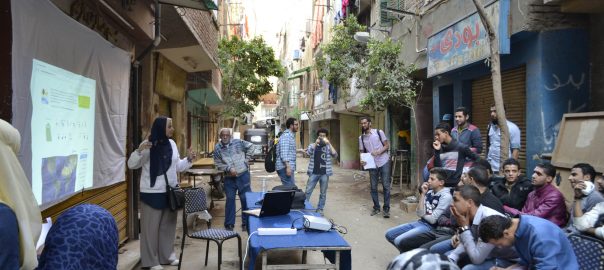
Cities, like nature, consist of complex organisms that evolve. For most of natural and human history change occurred slowly enough for inhabitants to adapt without impacting the overall health and functionality of the underlying natural systems. However, with the advent of industrial-scale technology turning fossil fuels into climate-heating greenhouse gases,...
0 Comment(s)Join our Conversation
8 February 2018
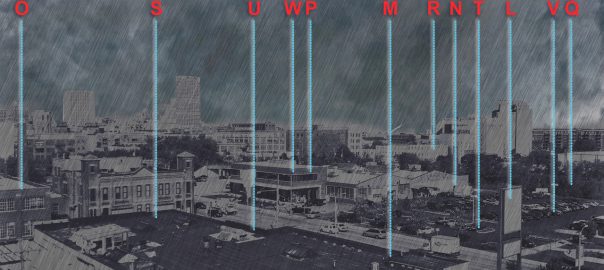
As an artist, having the opportunity to develop a project at the scale of a city has been a remarkable experience. WaterMarks has grown out of a three-year engagement with the city of Milwaukee. City government, academic institutions, and many nonprofits have been essential contributors to the development of this...
2 Comment(s)Join our Conversation
5 February 2018
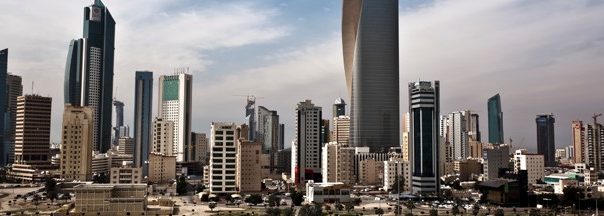
A review of Kuwait Transformed: A History of Oil and Urban Life, 1st Edition. by Farah Al-Nakib. 2016. 296 pages. ISBN-13: 978-0804798525 / ISBN-10: 0804798524. Stanford University Press. Buy the book For anyone interested in understanding urban development in the Arabian Gulf (“Gulf Urbanism”), Farah Al-Nakib’s Kuwait Transformed: A History of Oil...
1 Comment(s)Join our Conversation
5 February 2018
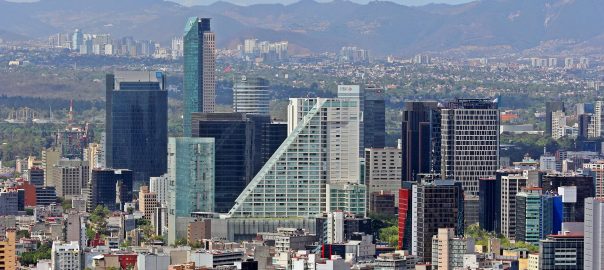
For better or worse, 2017 was a historic year for both Mexico and Mexico City. This can be summed up in two numbers: 100 and 32. The first number celebrates the one hundredth anniversary of Mexico’s Constitution, approved on 5 February 1917, and renowned as the first Constitution in the...
0 Comment(s)Join our Conversation
2 February 2018
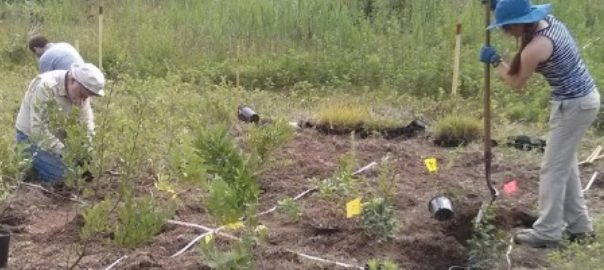
The Nature of Cities website has advanced the understanding of cities as both harbors for biodiversity and as places where there are many opportunities for natural habitats and ecoservices. Steadily, ecological scientists and practitioners are restoring habitats within the world’s cities. Ecological restoration is not just for the “wild” lands where people...
1 Comment(s)Join our Conversation
30 January 2018
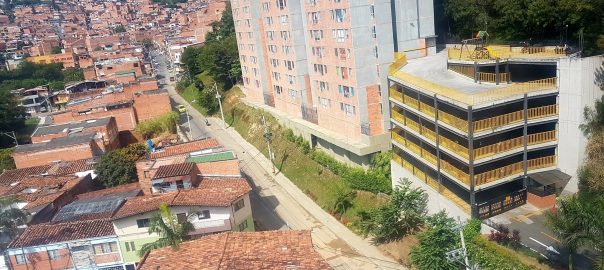
(Una versión en español, aqui.) Activities related to urban development usually reflect the prevailing global cultural characteristics of a society. At the same time, other aspects of the local culture remain silently persistent, tied to more intimate and traditional values than those the present trend of globalization motivates or allows....
5 Comment(s)Join our Conversation



